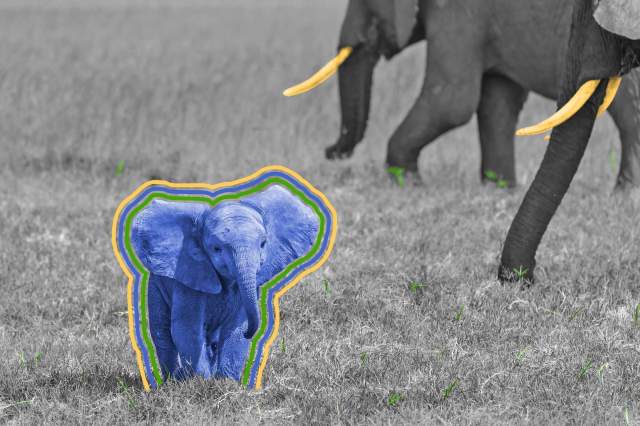
Numbers Don't Lie

The country with the largest population of elephants is ______.

Ready to reveal?
Confirm your email to play the next question?

The country with the largest population of elephants is Botswana.

Elephants have the longest gestation period of any mammal.
Humans have a relatively long gestation period for mammals (especially compared to the Virginia opossum, which is pregnant for only 12 days), but a few animals outlast even us Homo sapiens. Manatees remain pregnant for 13 months, and giraffes can carry their young for two months beyond that, but all mammals pale in comparison to the African elephant, which has a gestation period of 22 months. There are two reasons for this nearly two-year-long pregnancy — one obvious, the other less so. The first is size. The African elephant is the largest land-dwelling mammal on Earth, and it takes time to grow such an enormous creature from a small clump of cells into a calf that weighs more than an average adult man. The second reason relates to an elephant’s amazing intellect, which includes a brain that is shaped similarly to our own but is three times larger. An elephant’s brain contains some 250 billion neurons, and the temporal lobe is particularly well developed because it allows elephants to create complex mental maps stretching hundreds of miles. Without this impressive memory, elephants couldn’t find their way back to life-sustaining watering holes year after year. So while an elephant pregnancy might seem incredibly long, it’s definitely time well spent.
















